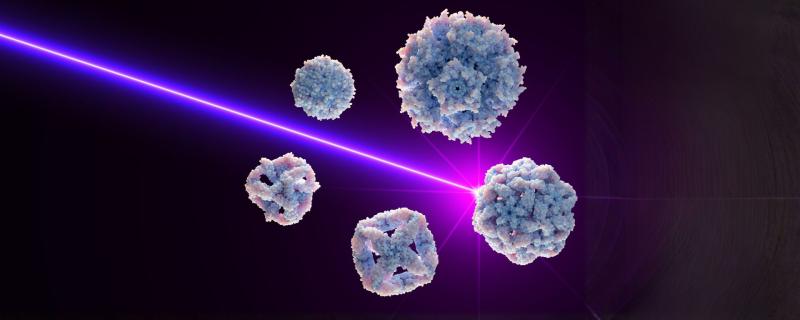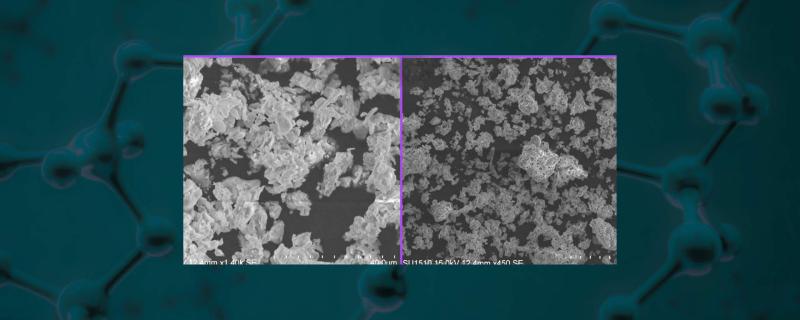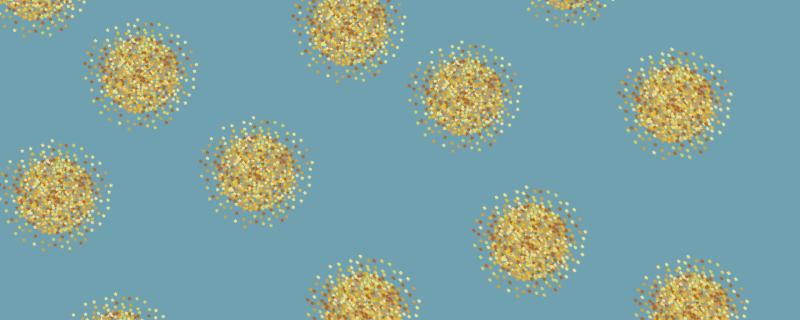IIT Guwahati researchers have discovered a way to precisely control the internal structure of molybdenum oxide nanoparticles using lasers and heat, paving the way for advanced medical treatments and more efficient energy storage.
Researchers from BITS-Pilani, Hyderabad, have developed a safer, fluoride-free synthesis method for metal-organic frameworks that significantly boosts their capacity to capture greenhouse gases and store clean fuels at room temperature.
Hyderabad/









